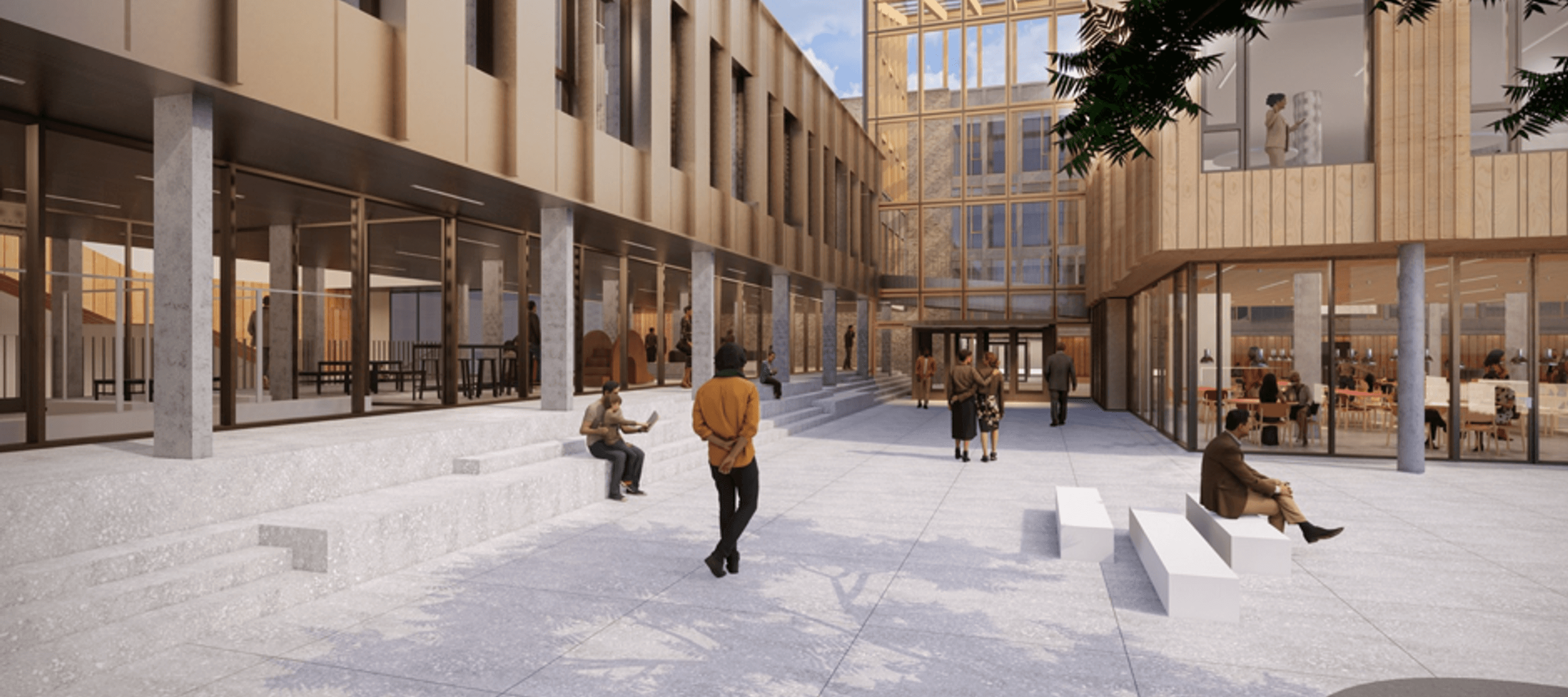Dignity by Design Pilot Projects
Building and infrastructure projects that have applied the IHRB Framework for Dignity in the Built Environment, resulting in health benefits, greater social inclusion and job creation.

Summary
- IHRB’s Dignity by Design framework is a unique tool to guide decision-making throughout the built environment lifecycle: to mitigate risks to human rights and to maximise social outcomes - health benefits, greater social inclusion, and job creation.
- IHRB has worked with partners in Colombia, Norway and the Netherlands to implement pilot projects which embed the Dignity by Design approach in real-life projects. Impacts have included: increased community support, improved design decisions, reduction in material use and strengthened procurement practices.
- The pilots will create a dynamic community of practice - sharing practical lessons on challenges and opportunities, demonstrating the benefits of a human rights approach, and informing stronger policy-making to scale outcomes.
Background
The built environment – the places where we live, work, and interact with others – has a defining influence over our ability to lead healthy, fulfilling lives.
Any building project involves a complex web of decision-makers – investors, owners and developers, architects, construction managers and contractors – with varying degrees of participation from end-users and local communities. The distribution of power between these actors largely determines the nature of the built environment - and whether it responds only to narrow financial interests or also to the needs of users, communities and workers, particularly the most vulnerable.
Research aims and outcomes
Dignity by Design projects aim to place communities and end-users at the heart of decision-making processes, building in a way that is deeply connected to:
- WHERE the project takes place – including any systemic inequities, and opportunities for addressing them
- WHO is involved and impacted - including end-users, local communities, and workers, with an emphasis on the most vulnerable
- HOW decisions are made, with the aim of shifting power imbalances and strengthening collaboration between actors.
In doing so, they ensure that projects maximise social outcomes and reduce social risks throughout the supply chain. They can inform wider change by influencing public and private sector policy and practice, to scale outcomes.
Who is this research relevant to?
The lessons learned by implementing the Dignity by Design pilot projects can help inspire policymakers, landowners, asset managers, or any other built environment stakeholders who are interested in strengthening the social impact of their projects.
Project activities
- The Municipality of Bergen adopted the Dignity by Design framework to deliver its new Inclusion Centre for newly arrived migrants and refugees. This led to the re-use of an existing teacher-training centre, design decisions shaped by the lived experience of future users, and a focus on material re-use, strengthening transparency while reducing carbon emissions.
- The Municipality of Cartagena used the Dignity by Design framework to develop its Territorial Plan. This led to the identification of alignment opportunities with other strategic priorities, further investment in social infrastructure and harnessing the economic benefits of tourism, local culture and environmental heritage in a sustainable way.
- The Municipality of Utrecht is adopting the Dignity by Design framework in its redevelopment of the Galgenwaard area, to deliver an area that is sustainable, healthy and inclusive for future residents as well as those using the surrounding public space.
If you have a project in mind where you’d like to implement this approach, please get in touch at be@ihrb.org
Team
Meet the project team and learn about their expertise.


